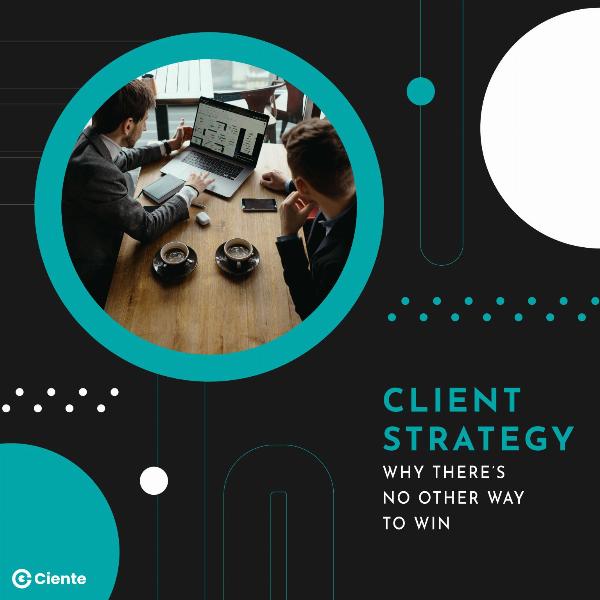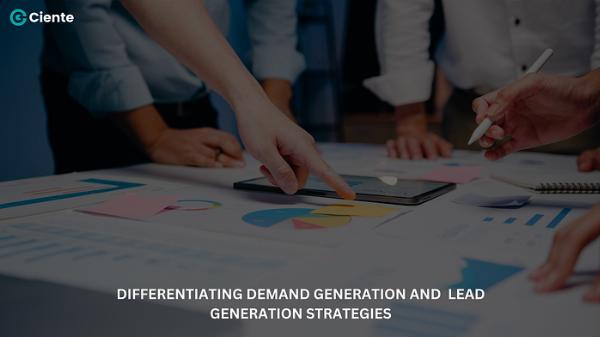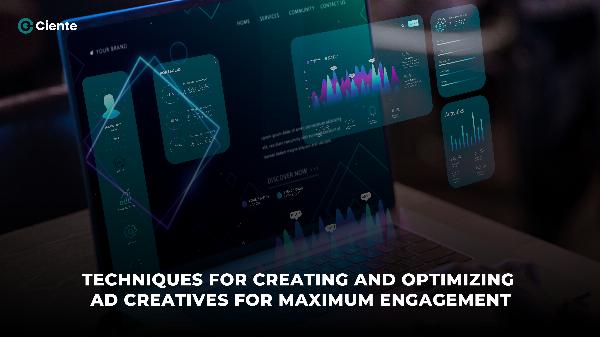How Software Development Will Evolve in 2024: Insights from Gartner and Other Experts

Strong 8k brings an ultra-HD IPTV experience to your living room and your pocket.
Software development is not only a technical activity but also a strategic one. It can help organizations optimize their resilience, operations, and trust, scale their solutions and products, and pioneer new forms of engagement and opportunity. As we approach 2024, software developers must be aware of the latest trends and technologies shaping the industry and the world. In this blog post, we will share some insights from Gartner and other experts on the top software development trends for 2024.
Trend 1: Sustainability
Sustainability is not just a buzzword but a necessity and an opportunity for software developers. Sustainability traverses all of the strategic technology trends for 2024. Software developers need to consider how their products can reduce environmental and social impact and support green initiatives such as renewable energy sources, circular economy, or smart cities. According to Gartner, 83% of organizations have attested to the remarkable impact of their sustainability programs. These programs generate immediate value and establish a lasting positive influence on their overall success.
For example, software developers can use cloud computing to lower their carbon footprint or use blockchain to enable transparent and ethical supply chains.
Trend 2: AI becomes mainstream
Artificial intelligence (AI) is already transforming every aspect of software development, from automating tasks, enhancing quality, optimizing performance, and generating code, to creating new user experiences. A 2024 McKinsey survey results show that the top AI performers are going all in on artificial intelligence, with generative AI and other traditional AI capabilities. As more organizations leverage artificial intelligence to gain competitive advantage, improve customer satisfaction, and increase efficiency. Software developers must keep up with the latest AI tools, frameworks, and platforms that make integrating AI into software applications easier.
Trend 3: Digital Immune System
The COVID-19 pandemic has impacted defense mechanisms of many software systems and applications to external threats and disruptions. To ensure greater resilience and reliability, software developers need to adopt the concept of a digital immune system, which is the ability of software systems to detect, prevent and recover from cyberattacks, errors, and failures. The digital immune system is one of the top strategic technology trends in 2024. Software developers can achieve digital immunity by implementing security best practices, such as encryption, authentication, authorization, and auditing, and using technologies such as blockchain, edge computing, and quantum computing that offer higher security and performance.
Trend 4: Industry Cloud Platforms
Cloud computing is not a new trend, but it is evolving to meet different industries’ specific needs and challenges. Industry cloud platforms are cloud services tailored for a particular vertical market, such as healthcare, education, manufacturing, or retail. They offer specialized features, functionalities, and integrations that address each industry’s unique requirements and regulations. Software developers must be familiar with the industry cloud platforms relevant to their target markets and customers.
Trend 5: Platform Engineering
Platform engineering is a new approach to software development that focuses on building scalable, reliable, and adaptable platforms that can support multiple applications and services. Platform engineering involves using technologies such as microservices architecture, containers, Kubernetes, serverless computing, and DevOps practices to simplify the deployment and scaling of software systems. A Gartner Report, platform engineering is one of the most valuable and widely adopted technologies for software development in 2024. Software developers must master platform engineering skills and tools to create modern software solutions.
Trend 6: Metaverse
Metaverse is a term that describes a virtual reality environment where people can interact with each other and with digital content in immersive ways. Metaverse can enable new forms of entertainment, education, socialization, and commerce. According to Gartner, By 2026, 30% of organizations worldwide will have products and services ready for the metaverse, up from negligible now. Software developers must explore how to create engaging and innovative experiences for users in the metaverse using technologies such as AR (augmented reality), VR (virtual reality), 3D graphics, and spatial audio.
The Final Word
Software development is not a static field but a dynamic and evolving one. Various factors influence it, such as customer needs, market demands, social changes, environmental issues, and technological innovations. Software developers must be aware of these factors and adapt accordingly. In 2024, we expect to see exciting and challenging trends and technologies shaping the software industry and the world. By staying updated on these trends, software developers can prepare themselves for the future and create software solutions that can optimize, scale, and pioneer in their respective domains.
Why Ciente ?
With Ciente, business leaders stay abreast of tech news and market insights that help them level up now,
Explore More for more such blog posts.
Follow us for the latest content updates.
Note: IndiBlogHub features both user-submitted and editorial content. We do not verify third-party contributions. Read our Disclaimer and Privacy Policyfor details.







